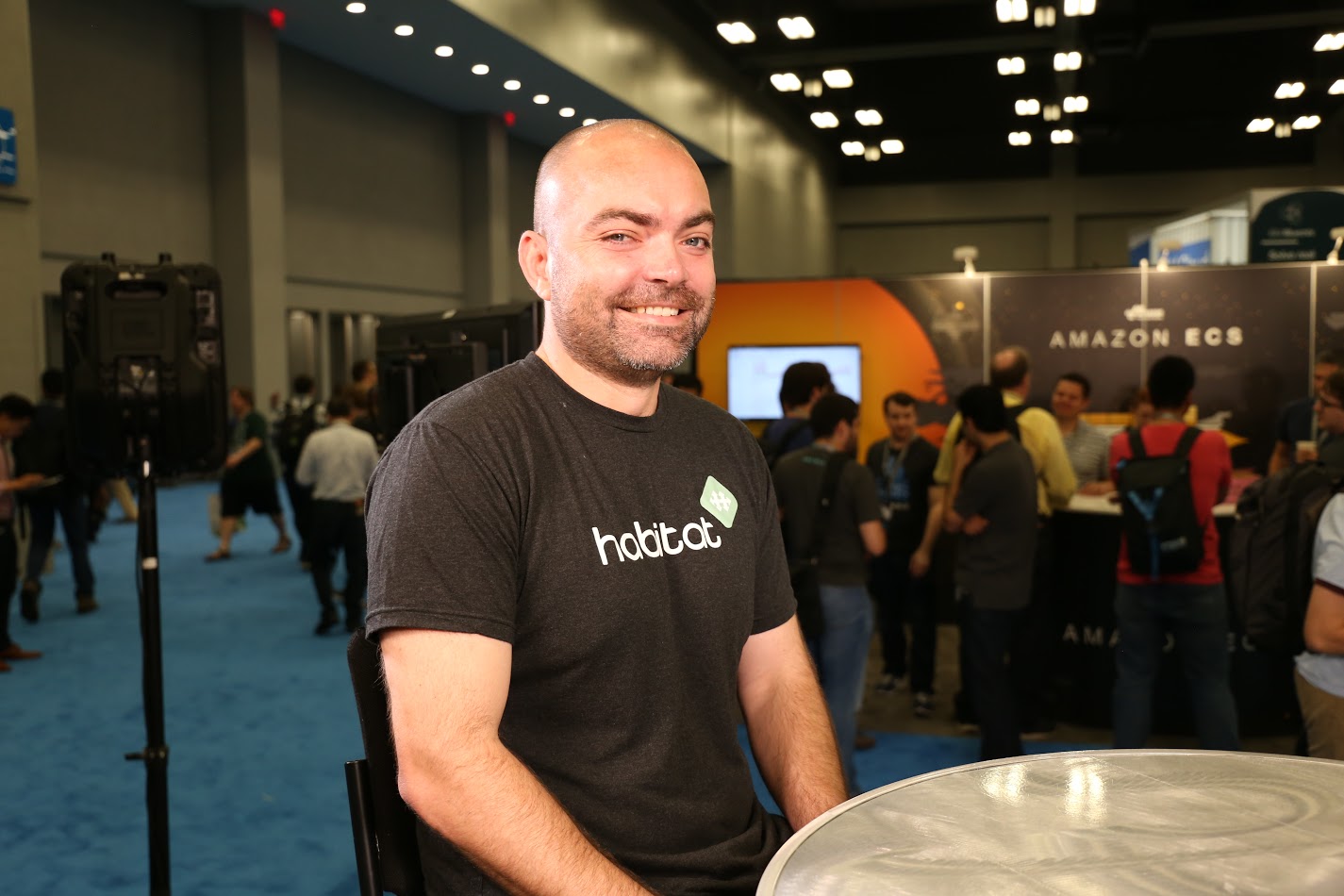 INFRA
INFRA
 INFRA
INFRA
 INFRA
INFRA
As part of the maturation of the container ecosystem, organizations are looking to DevOps companies like Chef Software Inc. to help them get the most from Docker Inc.’s offerings for the virtualized method of software application management. Businesses are seeking to integrate containers smoothly into their existing environments, as well as manage their distributed applications, according to Michael Ducy (pictured), director of product marketing at Chef Software.
To this end, Ducy explained that Chef Software provides three open-source container management tools: Chef Automate, open source automation/configuration management; InSpec, how to write compliance rules as code; and Habitat, a new way of packaging automation for applications, easily exporting that application and its automation into a container.
“Traditionally, a tool like Chef would be bought by what’s called a shared services team that will try to work economies of scale, deploying across all of the different VMs [virtual machines] or machines that they have to manage. As the industry’s shifted more up the stack, what the shared services team has needed to develop into is a developer services team,” said Ducy said.
Ducy spoke to Stu Miniman (@stu) and James Kobielus (@jameskobielus), co-hosts of theCUBE, SiliconANGLE Media’s mobile live streaming studio, during DockerCon17 in Austin, Texas.
In addition to the change in the stack, Ducy also discussed the dreaded ‘learning cliff’ of Docker and how Habitat can help mitigate that perception.
There is a general perception that running Docker in development is easy, Ducy said; but when you move it into production, that’s when organizations get into trouble.
“If you take a container from one environment to another and work it through a lifecycle, there are things at runtime that you have to change in the configuration to make it run in that particular environment. It’s all these little knobs you still have to turn,” Ducy stated.
He explained that the core team that works on Habitat has an extensive background in distributed systems, so they have included lot of those foundational ideas about how to run large distributed systems into Habitat. This makes it very easy for the developer to take that source code and deploy it, Ducy concluded.
Watch the complete video interview below, and be sure to check out more of SiliconANGLE’s and theCUBE’s independent editorial coverage of DockerCon US 2017 Austin.
Support our mission to keep content open and free by engaging with theCUBE community. Join theCUBE’s Alumni Trust Network, where technology leaders connect, share intelligence and create opportunities.
Founded by tech visionaries John Furrier and Dave Vellante, SiliconANGLE Media has built a dynamic ecosystem of industry-leading digital media brands that reach 15+ million elite tech professionals. Our new proprietary theCUBE AI Video Cloud is breaking ground in audience interaction, leveraging theCUBEai.com neural network to help technology companies make data-driven decisions and stay at the forefront of industry conversations.